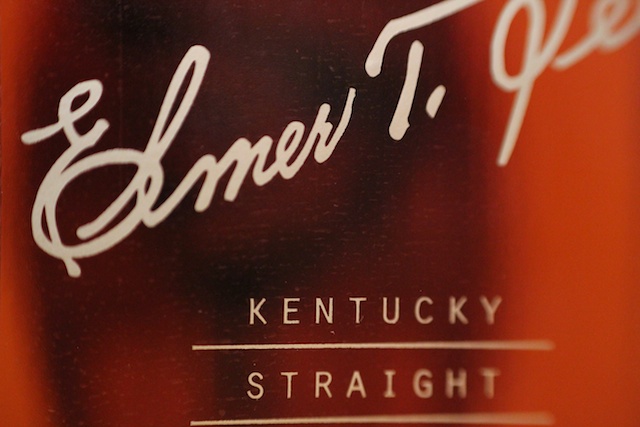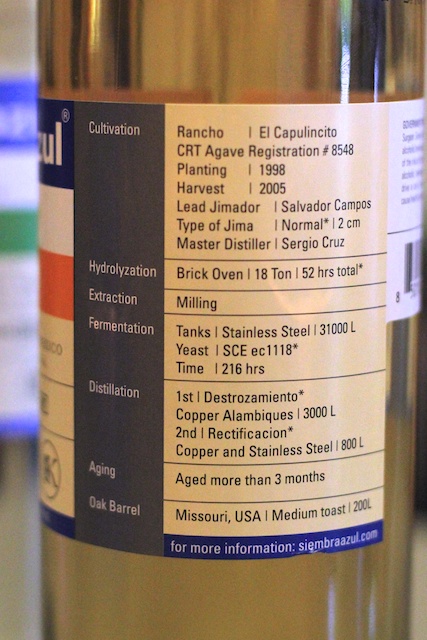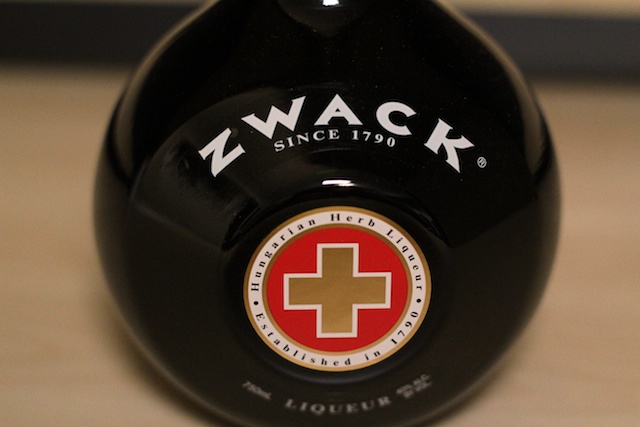Scattered Thoughts

For all of you asking when we would get Elmer T. Lee back in stock, we've got it right now. The distributor for California, Young's Market, was out of stock for almost a month meaning that no retailer could reorder during the shortage. I got a lot of questions about when I was planning to order more, but I had to reply with, "I can't order more unfortunately. It's out of stock." That's how rumors of a Bourbon shortage get started, people take this information and run with it, yet in this case it was true: there wasn't any Elmer T. Lee to be had. This week Young's got another shipment from Buffalo Trace, but, since many retailers and bars had been out of stock for weeks, the demand was pent up – everyone bought in for double the amount they usually did, emptying out Young's Market instantly (along with all the Weller 107 that came with it), meaning that it's once again out of stock. The retail world of buying from distribution works just like the consumer version from retailers. Currently I've got 30 bottles of Elmer T. Lee until they're gone again and I'm out. That doesn't mean you won't find other stores that have it (just like some stores still have their Weller 12 and Rock Hill Farms), it just means that we might face a few periodic shorages here at K&L. I did try to put in another 20 cases for delivery next week, so hopefully those show up and fortify us until the inventory catches up. Again, I'm competing with everyone else who's hoping to avoid their own inventory issues.

I met with David Suro-Piñera from Siembra Azul tequila yesterday and received what was the equivalency of a graduate course in agave production. David has been working in the tequila business for thirty years and today contracts his Siembra Azul tequila from the Vivancos family distillery, otherwise known as NOM 1414 (the same as the ArteNOM reposado and Gran Dovejo tequila). I think our best tequilas at K&L are from Feliciano Vivancos, but it seems that David took his production methods to the extreme, specifying even the type of jima from the agave production – the process in which the penca (the agave leaves) are pulled from the ground. David went on to describe how the jima can affect sweetness, bitterness, and ultimately the flavor of each tequila. He prefers to control flavor via the jima, which to him is the most important process of tequila production overall.
We'll be bringing in Siembra Azul tequila next week, but you can check out the side label above that reads like a page from a technical manual. I'm hoping to bring David on for a podcast episode in the near future. He said some things yesterday that made my jaw drop concerning agave and the history of tequila production. Some of these ideas were very controversial (like his opinion that blue agave, the only species from which tequila can be made, is on the verge of extinction due to monoculture). Oh...and his tequilas are fantastic. The blanco is a revelation of pure agave flavor.

Every now and then people ask what I'm drinking at home, just out of curiosity. I'm currently in the midst of a big herbal liqueur phase. I've been doing a bottle of wine with dinner every night and then going straight to the Zwack - a Hungarian liqueur that drinks much like an Italian amaro. I recently got a great little sample kit from Diageo (yes, we're now trying to be friends and work together - remember?) that had the regular Zwack, plus their new plum Unicum along side the regular Unicum. It also came with these thick little shot glasses that remind me of the kind Karen Allen drank out of in Raiders of the Lost Ark. I've really been enjoying all three in the evening. We currently have the standard Zwack in stock as usual, but we're still waiting on the other two. I think they're quite fun and hope they help nurture in a new tradition of herbal liqueur enjoyment here in California.
Zwack has kind of a fascinating history. It was invented by a Dr. József Zwack in the 1790s who was the physician for Emperor Joseph II (Jeffrey Jones's role in Amadeus – "Well then...there it is."). His son eventually founded the Zwack company in 1840 and it thrived into the early 1900s. Communism soon came to Hungary, however, and the Zwack family wasn't about to see their recipe become property of the Red Army, so they fled to the U.S. According to legend, the recipe was torn into four pieces and smuggled out to America, while a fake Zwack recipe was given to the new regime. When communism fell in the late 1980s, Peter Zwack returned to Hungary and repurchased his family's company from the state where they once again began making the original formula.
And that's the short version! In any case, I've been alternating between Zwack, Chartreuse, and the new Dolin Genepy as of late. My digestion has actually improved, so maybe I'll keep this up.
-David Driscoll
